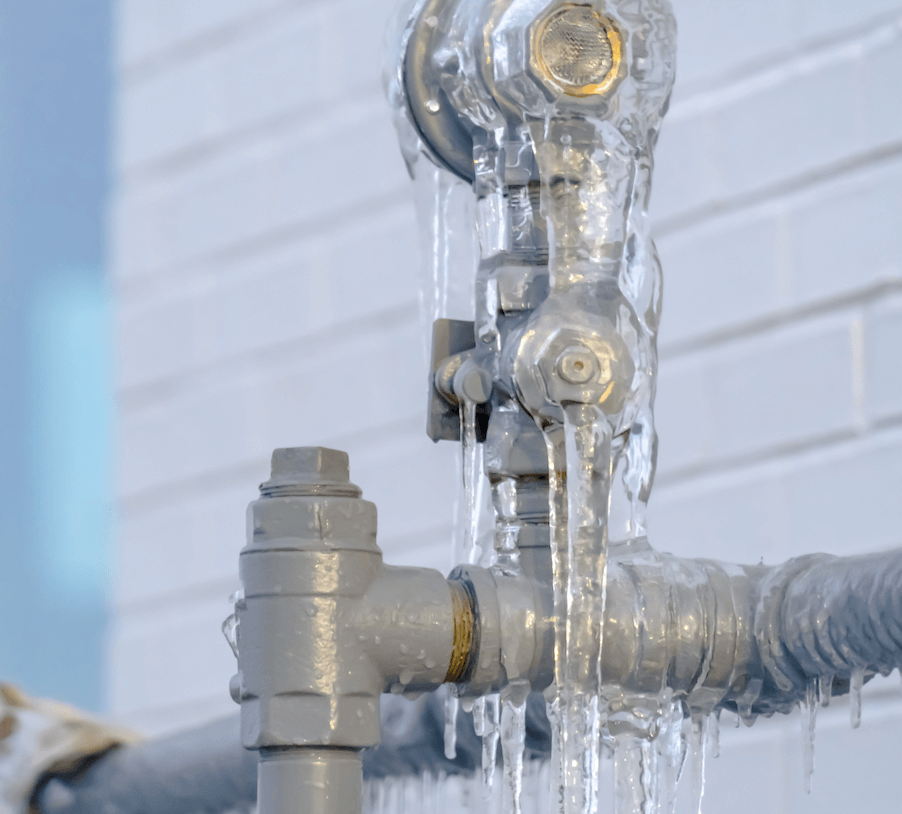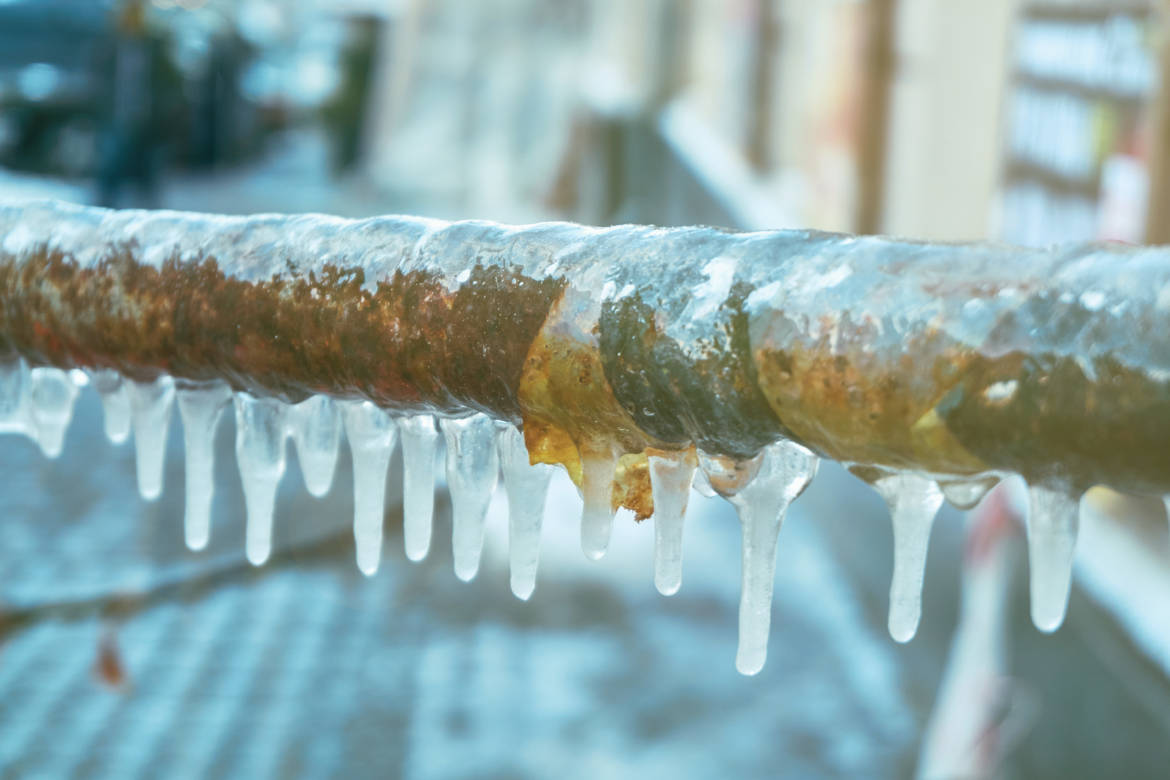Advice for Preventing Frozen Plumbing in Winter: Specialist Advice
Advice for Preventing Frozen Plumbing in Winter: Specialist Advice
Blog Article
How do you really feel with regards to How to Prevent Your Pipes From Freezing?

Cold weather can ruin your plumbing, specifically by freezing pipelines. Here's just how to prevent it from taking place and what to do if it does.
Introduction
As temperature levels decrease, the threat of frozen pipes boosts, possibly causing expensive repair work and water damages. Understanding just how to avoid icy pipelines is essential for home owners in chilly environments.
Prevention Tips
Protecting susceptible pipelines
Wrap pipes in insulation sleeves or utilize warmth tape to safeguard them from freezing temperature levels. Concentrate on pipelines in unheated or exterior areas of the home.
Home heating strategies
Maintain indoor spaces adequately heated up, particularly locations with pipes. Open up closet doors to permit cozy air to flow around pipelines under sinks.
Just how to recognize icy pipelines
Look for decreased water flow from taps, uncommon smells or noises from pipes, and visible frost on exposed pipelines.
Long-Term Solutions
Architectural modifications
Take into consideration rerouting pipelines far from exterior wall surfaces or unheated locations. Add extra insulation to attic rooms, basements, and crawl spaces.
Upgrading insulation
Buy top notch insulation for pipelines, attics, and wall surfaces. Appropriate insulation helps keep constant temperature levels and minimizes the risk of icy pipes.
Securing Outdoor Plumbing
Garden hoses and outside taps
Disconnect and drain pipes yard hose pipes prior to winter season. Set up frost-proof faucets or cover outdoor faucets with protected caps.
Understanding Icy Pipes
What creates pipes to freeze?
Pipelines ice up when exposed to temperatures listed below 32 ° F (0 ° C) for expanded periods. As water inside the pipes freezes, it broadens, taxing the pipeline wall surfaces and possibly creating them to break.
Threats and problems
Icy pipelines can cause water disturbances, residential property damages, and costly repair services. Burst pipes can flood homes and create considerable architectural damage.
Indicators of Frozen Water Lines
Determining frozen pipelines early can avoid them from bursting.
What to Do If Your Pipelines Freeze
Immediate activities to take
If you think icy pipes, keep taps available to alleviate stress as the ice melts. Make use of a hairdryer or towels soaked in warm water to thaw pipes gradually.
Final thought
Preventing frozen pipelines requires proactive actions and quick actions. By understanding the causes, indicators, and preventive measures, house owners can shield their plumbing throughout winter.
5 Ways to Prevent Frozen Pipes
Drain Outdoor Faucets and Disconnect Hoses
First, close the shut-off valve that controls the flow of water in the pipe to your outdoor faucet. Then, head outside to disconnect and drain your hose and open the outdoor faucet to allow the water to completely drain out of the line. Turn off the faucet when done. Finally, head back to the shut-off valve and drain the remaining water inside the pipe into a bucket or container. Additionally, if you have a home irrigation system, you should consider hiring an expert to clear the system of water each year.
Insulate Pipes
One of the best and most cost-effective methods for preventing frozen water pipes is to wrap your pipes with insulation. This is especially important for areas in your home that aren’t exposed to heat, such as an attic. We suggest using foam sleeves, which can typically be found at your local hardware store.
Keep Heat Running at 65
Your pipes are located inside your walls, and the temperature there is much colder than the rest of the house. To prevent your pipes from freezing, The Insurance Information Institute suggests that you keep your home heated to at least 65 degrees, even when traveling. You may want to invest in smart devices that can keep an eye on the temperature in your home while you’re away.
Leave Water Dripping
Moving water — even a small trickle — can prevent ice from forming inside your pipes. When freezing temps are imminent, start a drip of water from all faucets that serve exposed pipes. Leaving a few faucets running will also help relieve pressure inside the pipes and help prevent a rupture if the water inside freezes.
Open Cupboard Doors
Warm your kitchen and bathroom pipes by opening cupboards and vanities. You should also leave your interior doors ajar to help warm air circulate evenly throughout your home.

As a fervent person who reads on 6 Ways to Prevent Frozen Pipes, I think sharing that article post was worth the trouble. Do you know about somebody who is truly interested in the subject? Why not promote it. We treasure reading our article about Prevent Frozen Pipes .
Schedule Report this page